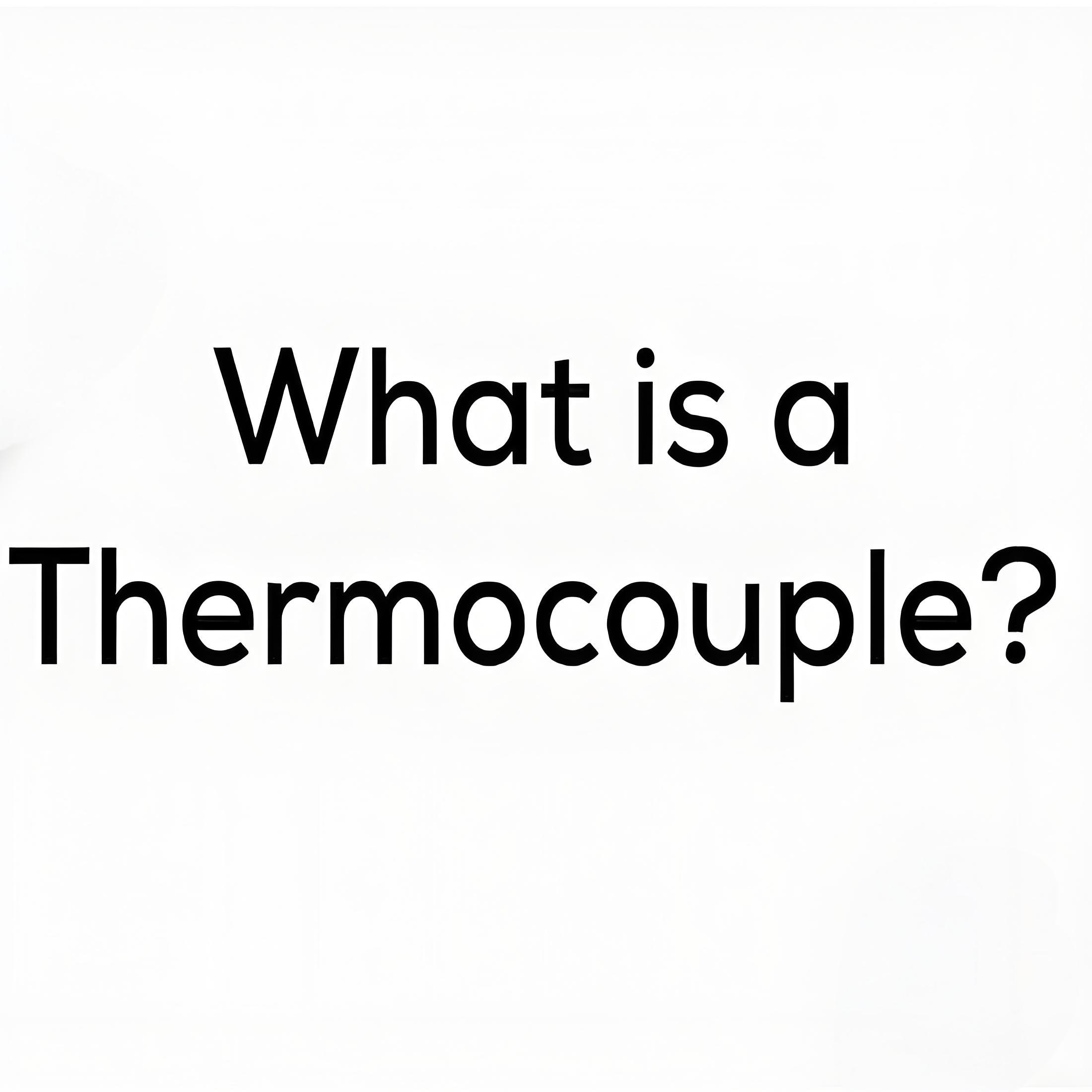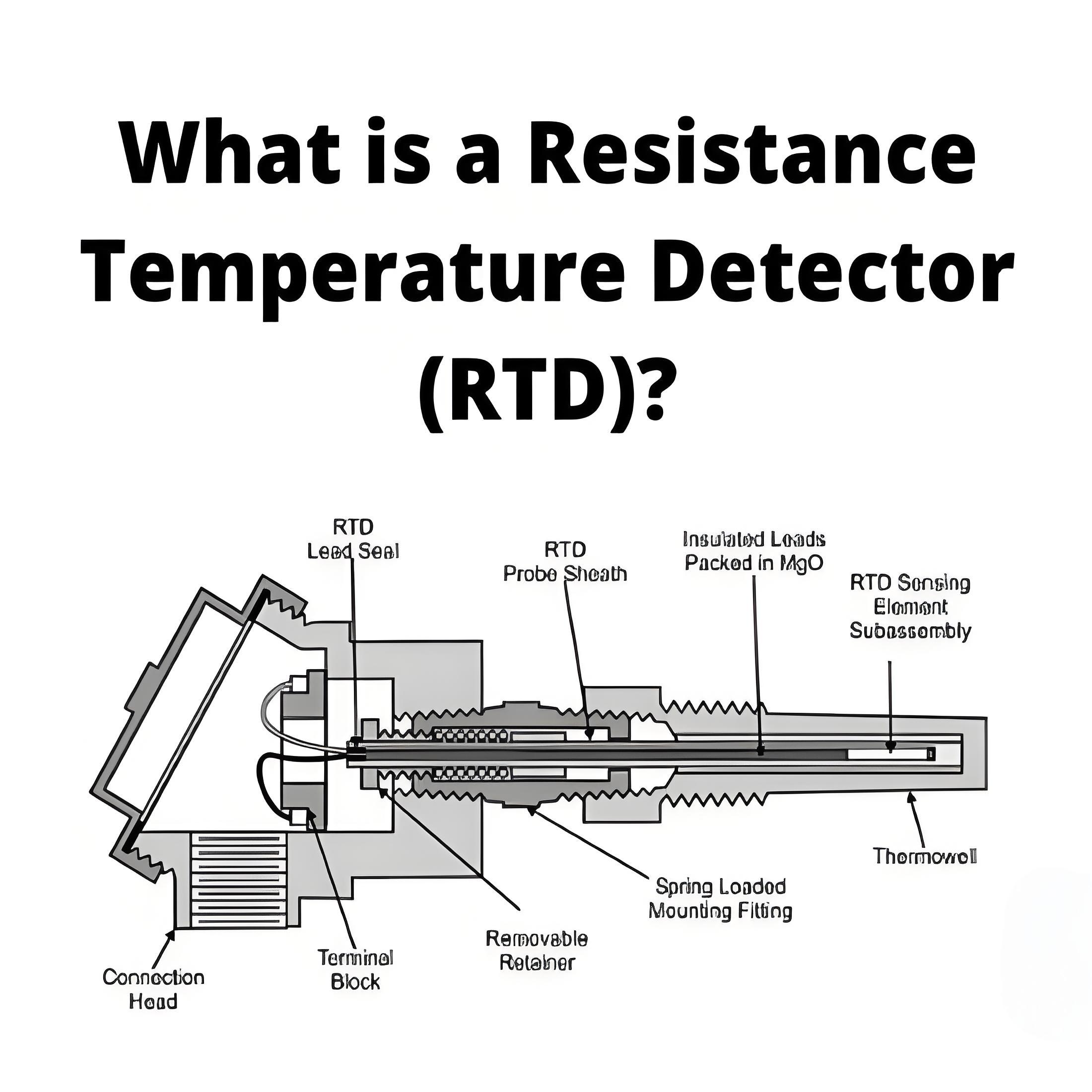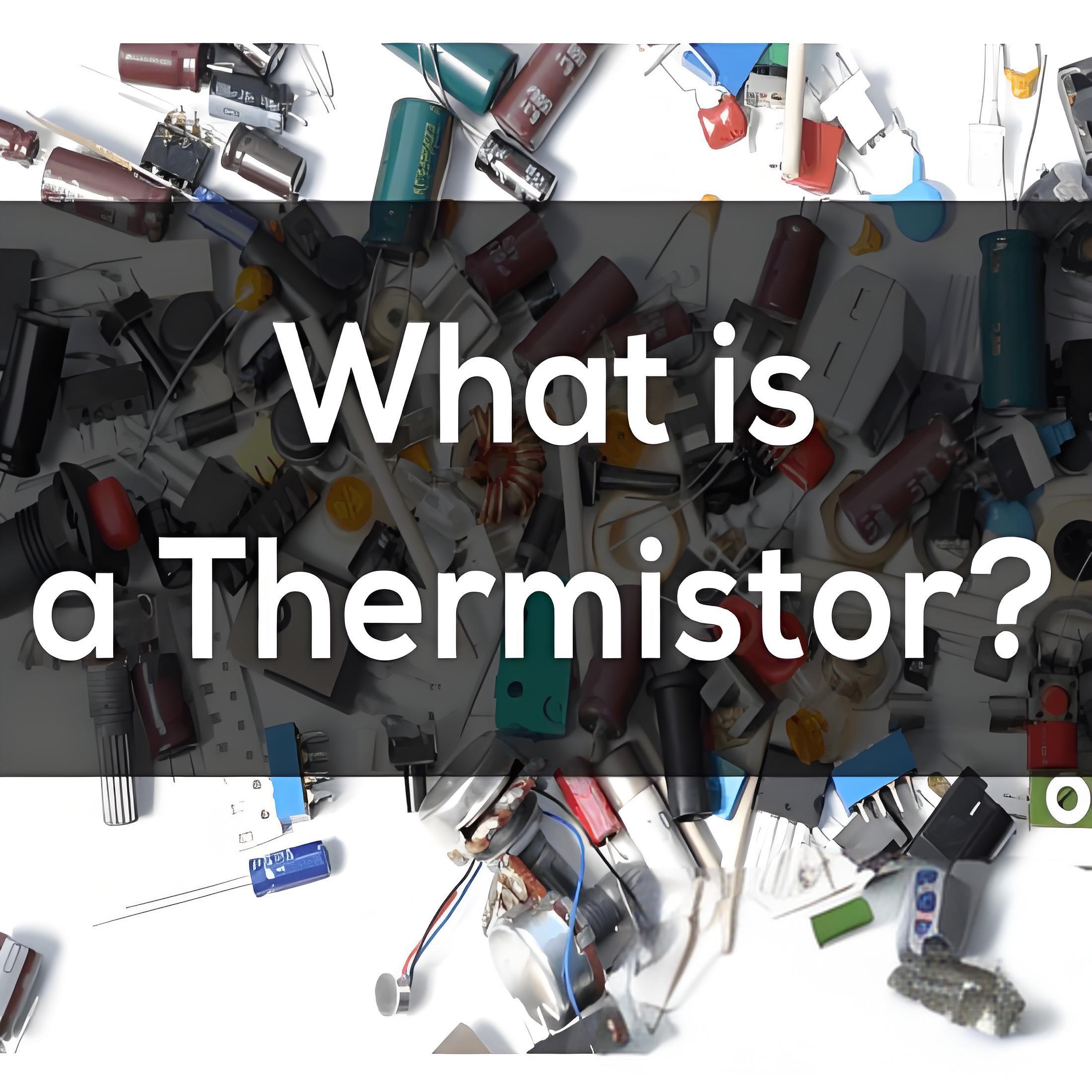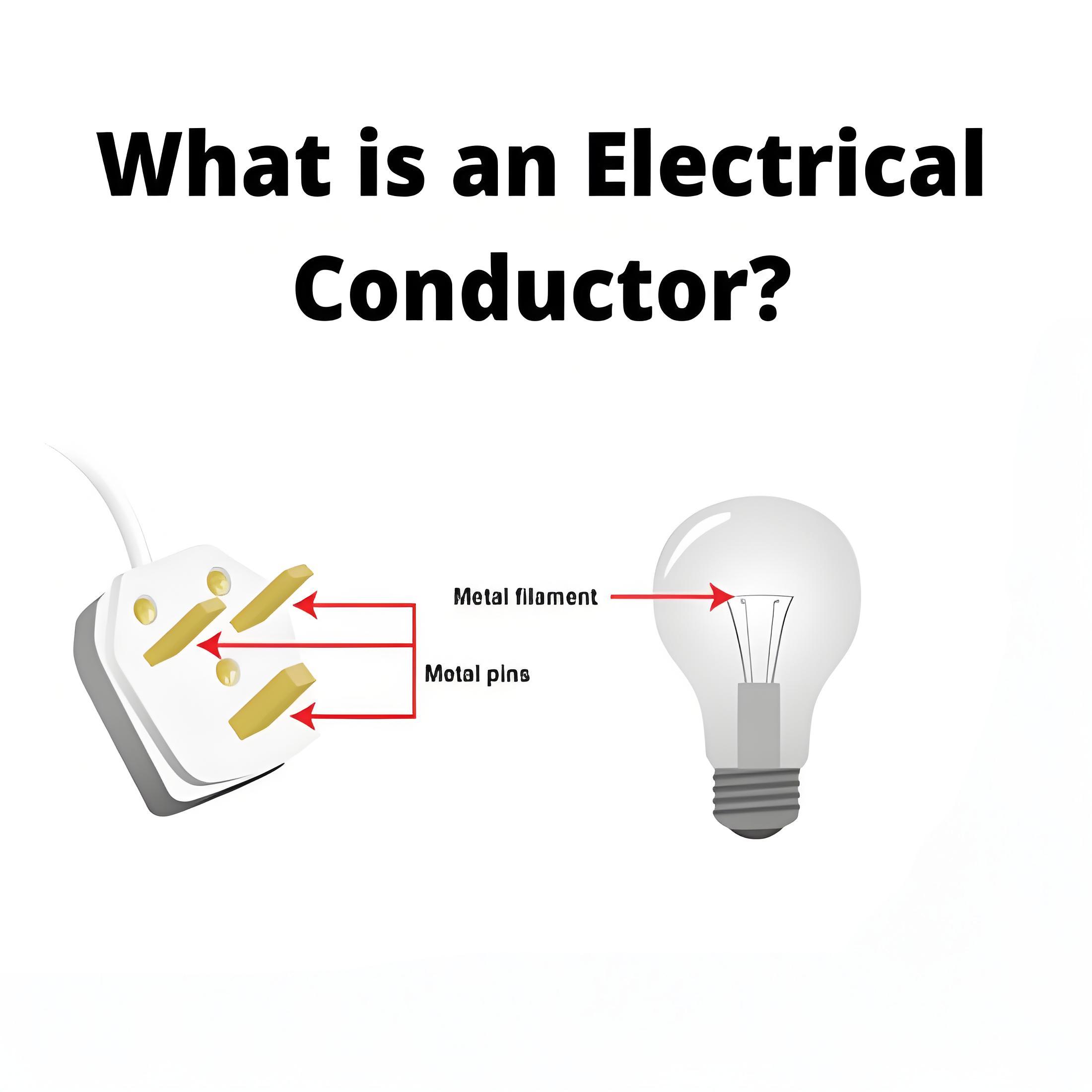Current Components in a Transistor
Transistor Current Components Definition
The current components in a transistor include emitter current (IE), base current, and collector current.
In NPN transistors, current flows due to electrons, while in PNP transistors, it flows due to holes, resulting in opposite current directions. Let’s explore the current components in a PNP transistor with a common base configuration. The emitter-base junction (JE) is forward biased, and the collector-base junction (JC) is reverse biased. The figure shows all related current components.
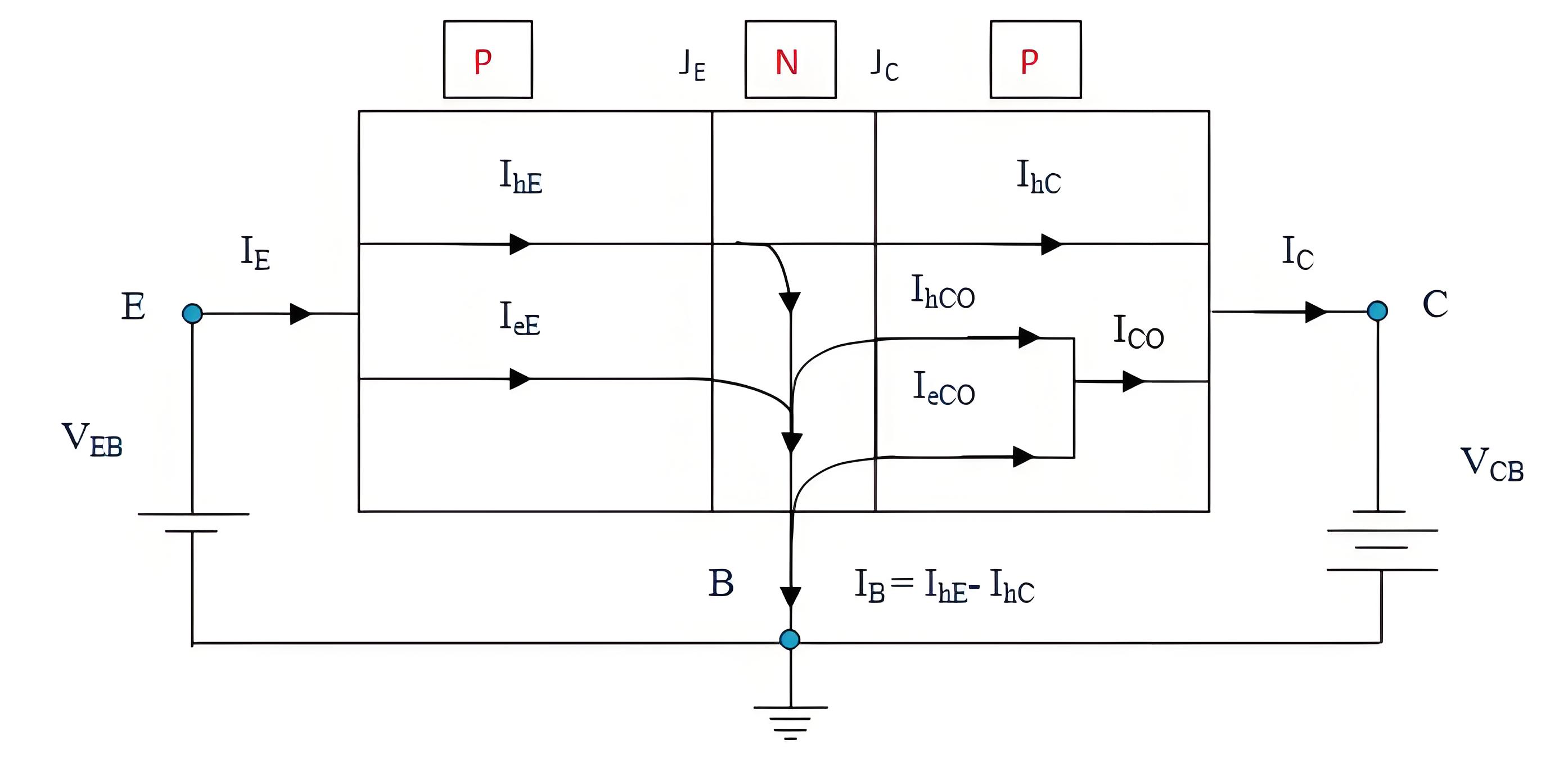
We know that, the current arrives the transistor through the emitter and this current is called emitter current (IE). This current consists of two constituents – Hole current (IhE) and Electron current (IeE). IeE is due to passage of electrons from base to emitter and IhE is due to passage of holes from emitter to base.
In industrial transistors, the emitter is heavily doped compared to the base, making the electron current negligible compared to the hole current. Therefore, the entire emitter current is due to the passage of holes from the emitter to the base.
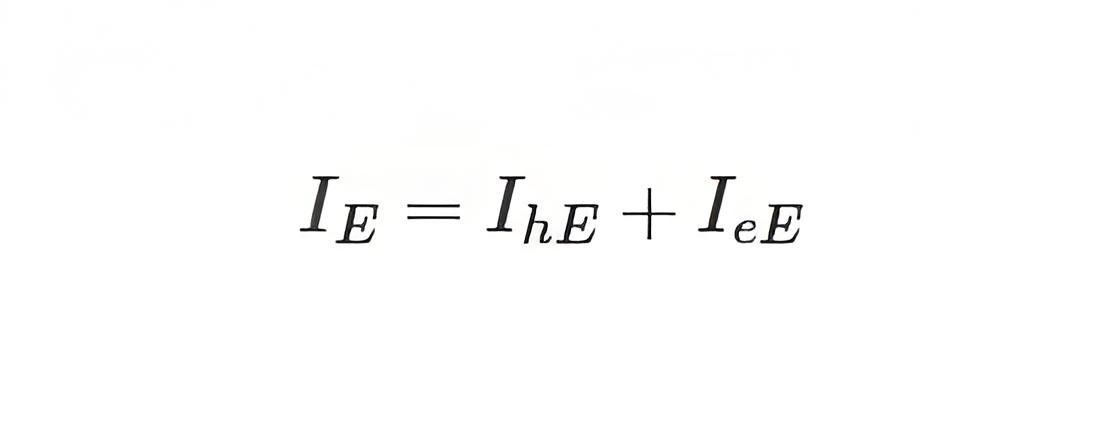
Some of the holes which are crossing the junction JE (emitter junction) combines with the electrons present in the base (N-type). Thus, every holes crossing JE will not arrive at JC. The remaining holes will reach the collector junction which produces the hole current component, IhC. There will be bulk recombination in the base and the current leaving the base will be
Electrons in the base lost due to recombination with holes injected across JE are refilled by incoming electrons. Holes arriving at the collector junction (JC) will cross into the collector region.
When the emitter circuit is open circuited, then IE = 0 and IhC = 0. In this condition, the base and collector will perform as reverse biased diode. Here, the collector current, IC will be same as reverse saturation current (ICO or ICBO).
ICO is in fact a small reverse current which passes through the PN junction diode. This is due to thermally generated minority carriers which are pushed by barrier potential. This reverse current increase; if the junction is reverse biased and it will have the same direction as the collector current. This current attains a saturation value (I0) at moderate reverse biased voltage.
When the emitter junction is at forward biased (in active operation region), then the collector current will become
The α is the large signal current gain which is a fraction of the emitter current which comprises of IhC.
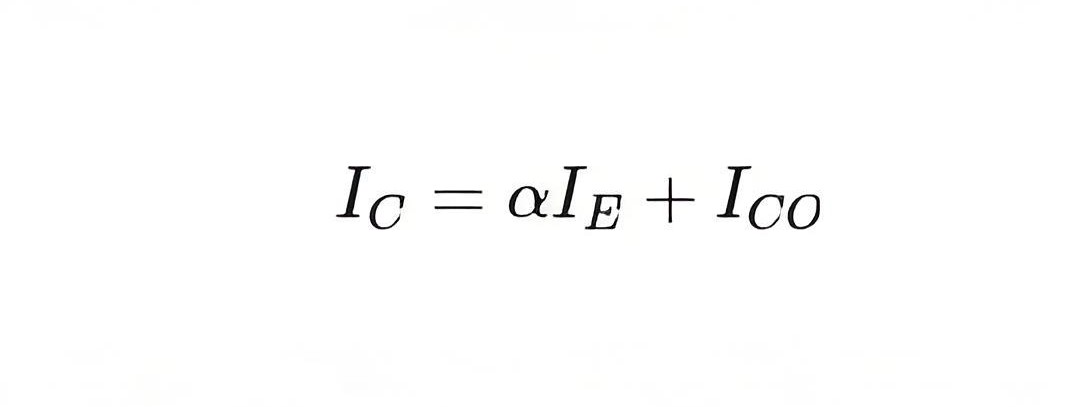
In a PNP transistor, the reverse saturation current (ICBO) will comprises of the current due to the holes passing through the collector junction from the base to collector region (IhCO) and the current due to the electrons which are passing through the collector junction in the opposite direction (IeCO).
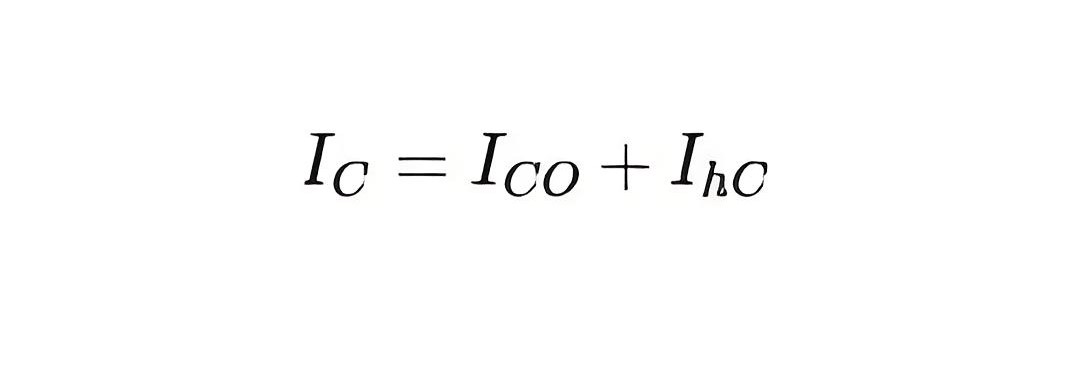
The total current entering into the transistor will be equal to the total current leaving the transistor (according to Kirchhoff’s current law).
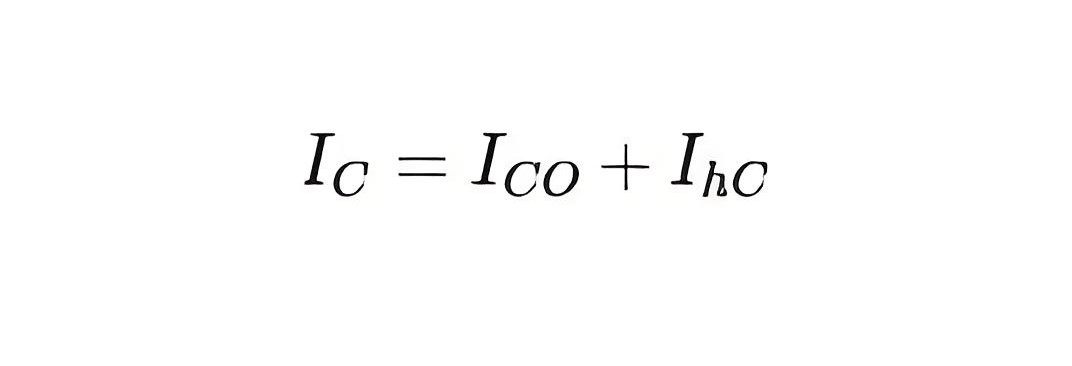
Parameters Related to Current Components
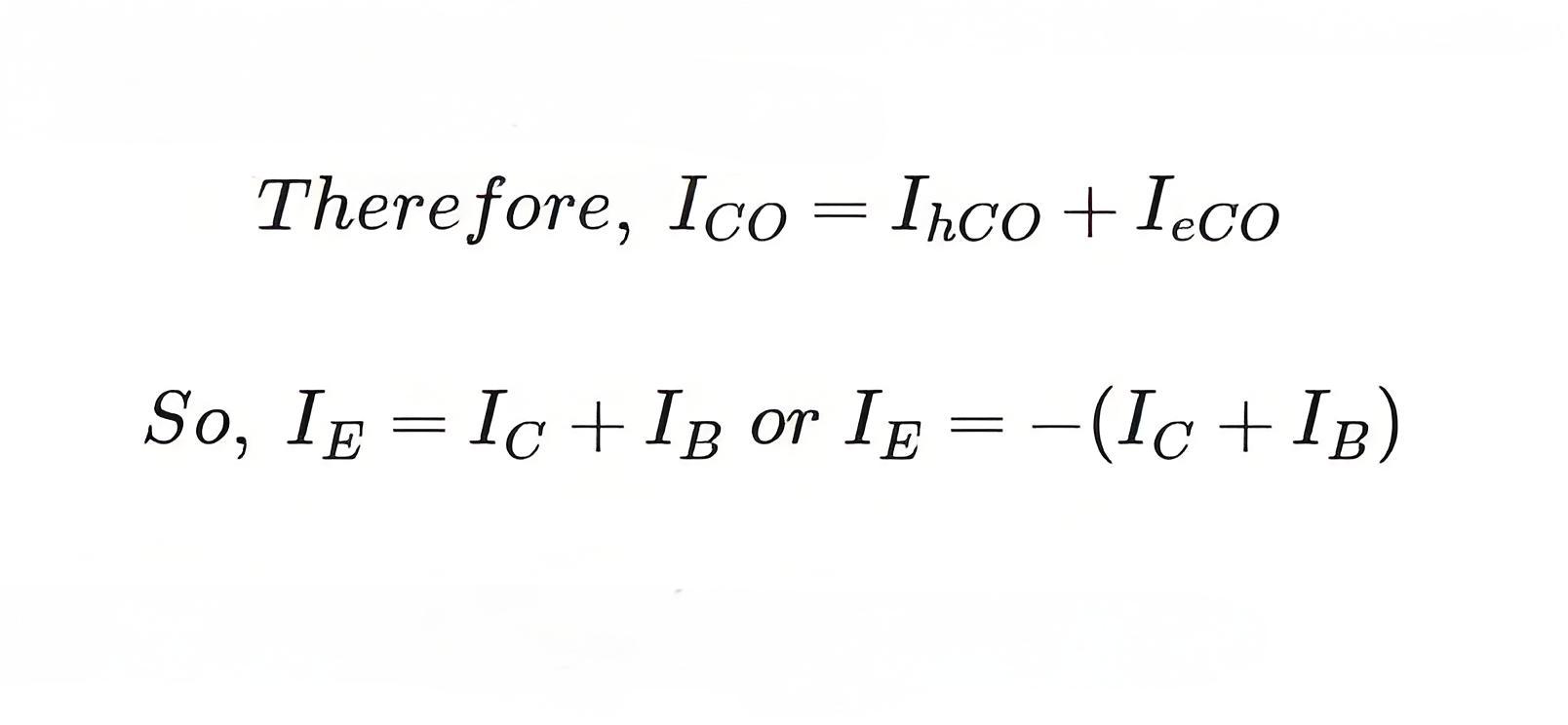
DC Current gain (αdc):This can be referred as dc current gain of common base transistor. This will be always positive and it will be less than unity.
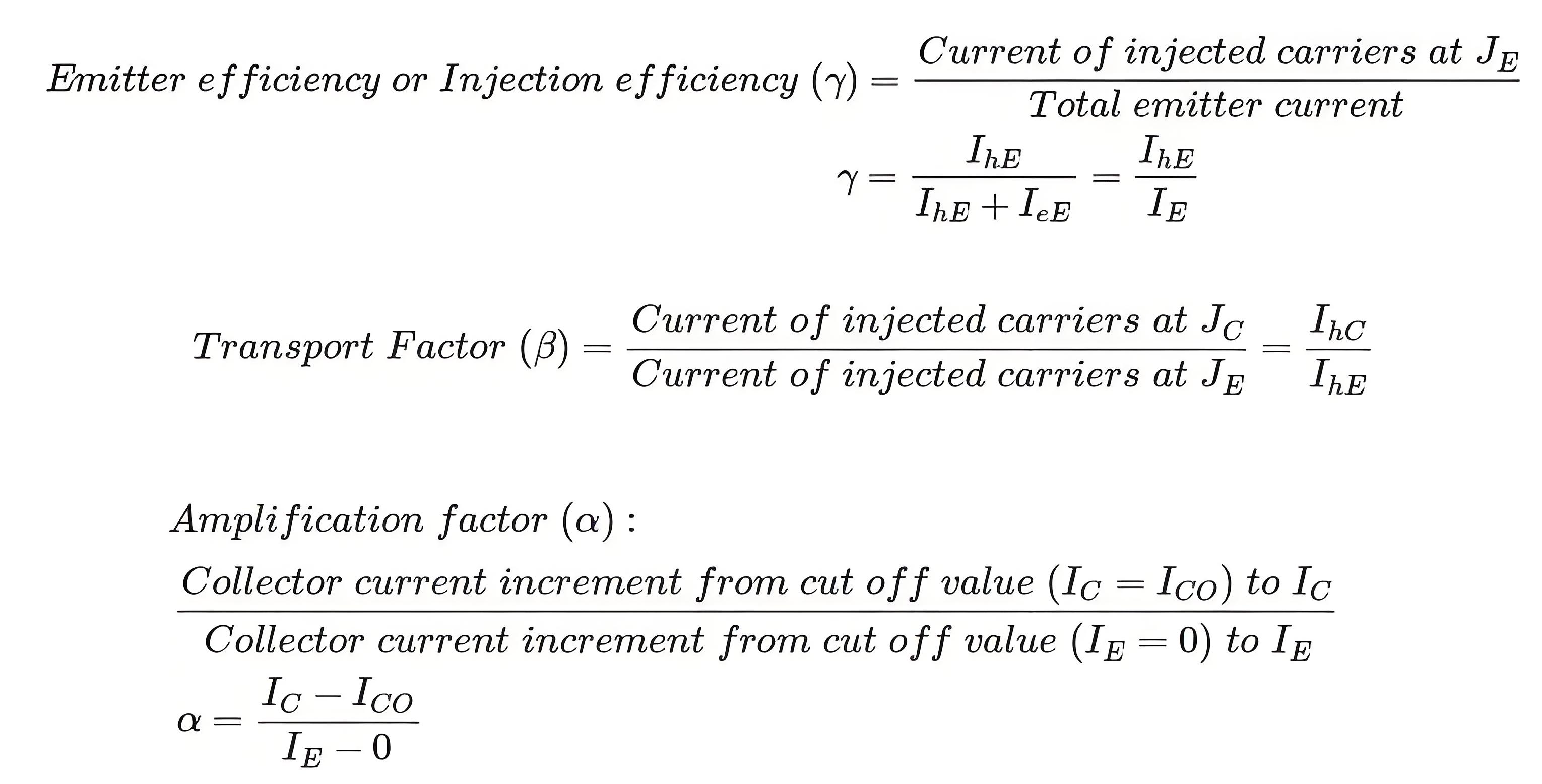
Small Signal Current Gain (αac):With collector base voltage constant (VCB). It is always positive and it will be less than unity.
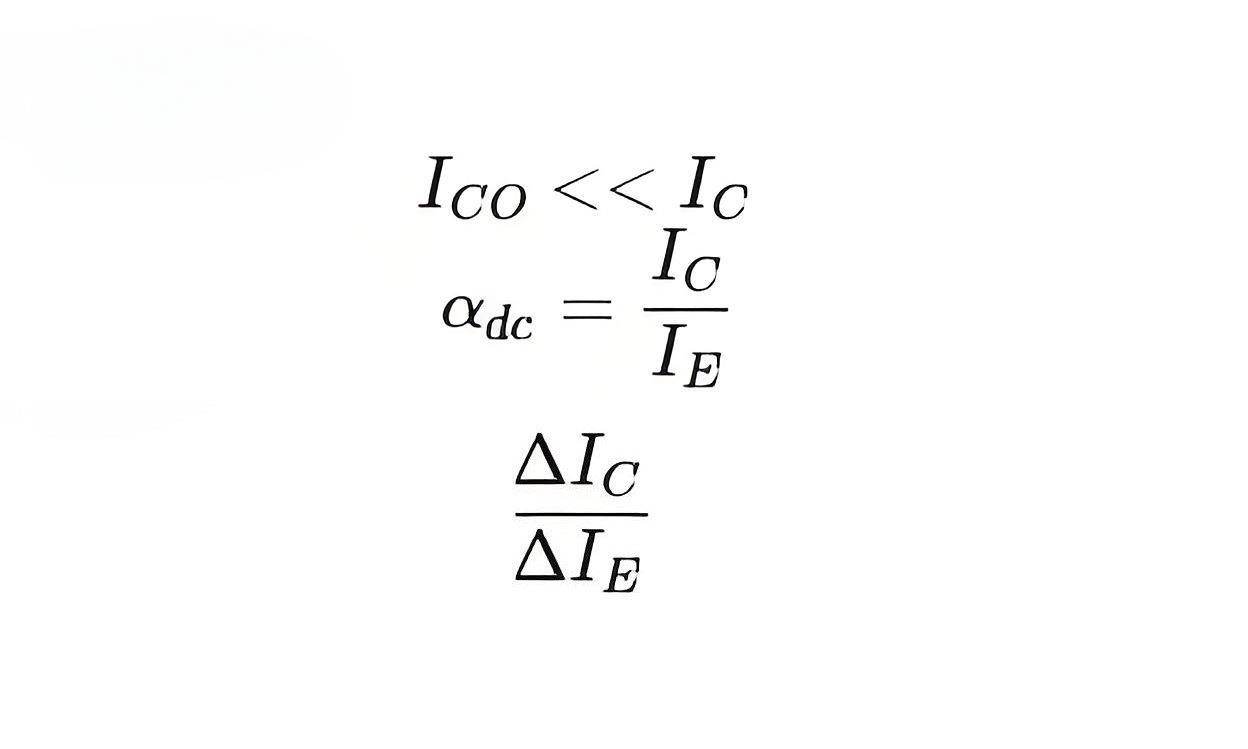
Welcome to our electricity community! Established to facilitate the exchange and cooperation in the electricity industry and bridge professionals, enthusiasts, and related enterprises.


